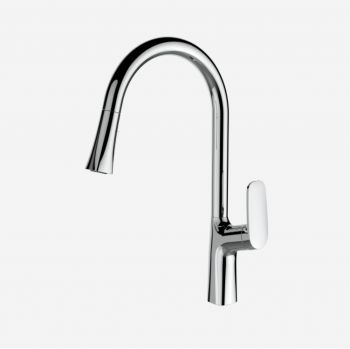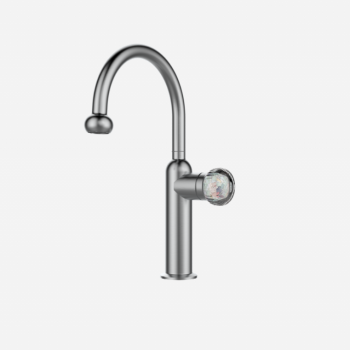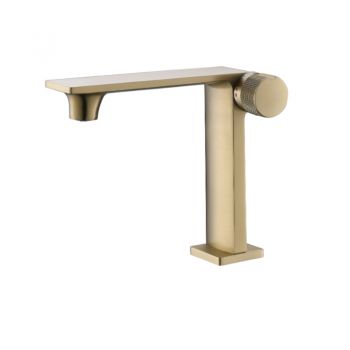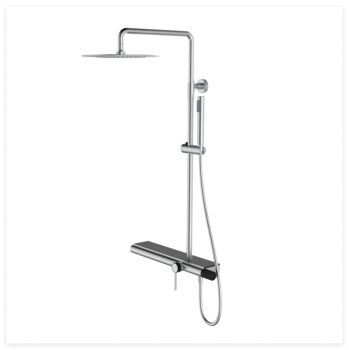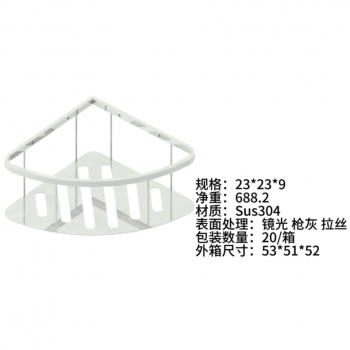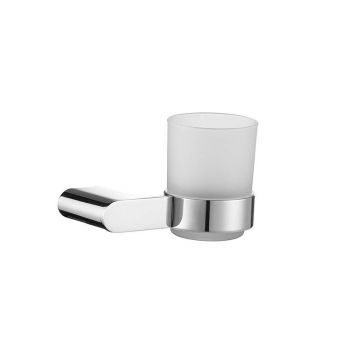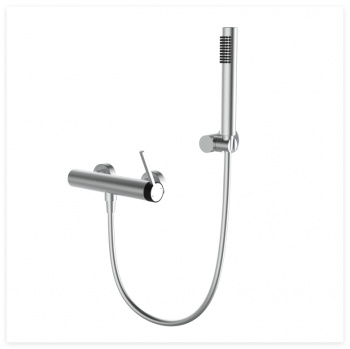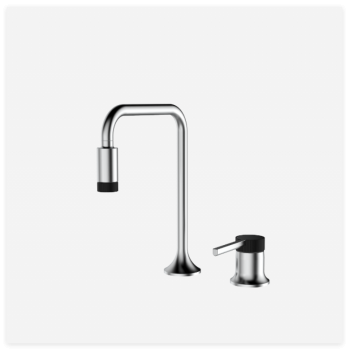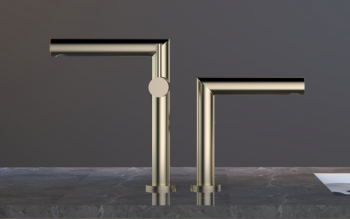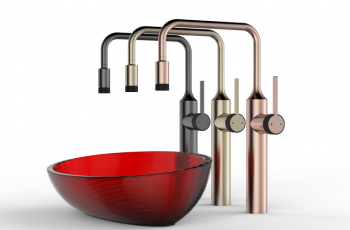A well-maintained faucet ensures smooth operation, prevents leaks, and extends its lifespan. Follow these simple steps to keep your faucet in top condition:
1. Regular Cleaning
- Daily Wipe-Down: Use a soft, damp cloth to wipe away water spots, soap residue, and mineral deposits. Avoid abrasive cleaners or scrubbing pads, as they can scratch the finish.
- Deep Cleaning: For stubborn buildup (e.g., limescale), soak a cloth in white vinegar, wrap it around the faucet, and let it sit for 15 minutes. Rinse with water and dry thoroughly.
2. Prevent Mineral Buildup
- If your area has hard water, install a water softener or use a vinegar solution monthly to dissolve deposits in aerators and spouts.
- Remove the aerator (the mesh screen at the tip) every 3 months, soak it in vinegar, and rinse to clear clogs.
3. Check for Leaks
- Listen for dripping sounds or check for water pooling around the base.
- Tighten loose handles or connections with a wrench. If leaks persist, replace worn-out O-rings or cartridges (consult the manufacturer’s guide).
4. Lubricate Moving Parts
- Apply silicone-based lubricant to the handle’s pivot points annually to prevent stiffness or squeaking.
5. Avoid Harsh Chemicals
- Bleach or acidic cleaners can corrode finishes (e.g., chrome, brushed nickel). Stick to mild soap or vinegar solutions.
6. Protect the Finish
- For polished finishes, dry the faucet after each use to prevent water spots.
- For matte finishes, avoid oil-based cleaners, which can leave streaks.
7. Winter Care (for Cold Climates)
- Insulate outdoor faucets to prevent freezing and pipe damage.
- Indoors, let faucets drip slightly during freezing weather to relieve pressure.
Conclusion With consistent care, your faucet can remain functional and stylish for years. Address minor issues promptly to avoid costly repairs.
Share

